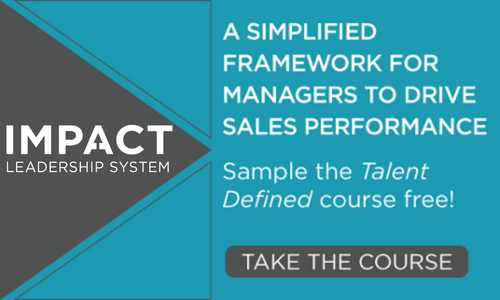
It’s widely believed that the first Customer Relationship Management (CRM) software was introduced in the 1980s. Since then, businesses have made large investments in time and money to launch CRM initiatives, only to have their salespeople misuse them or not use them at all.
Over the years, business leaders have begged, threatened, bribed, and cajoled their salespeople to use these powerful tools. But in the long run, threats and bribes simply don’t work.
So how can you increase the adoption of your CRM by your sales team? How can you get them to actually use the tool you’ve invested in? Here are a few ideas.
1. Choose a Tool That Works
Technology is a wonderful thing . . . when it works.
This is true for TV remote controls, automatic garage door openers, computers, and Zoom meeting links. HOwever, when technology doesn’t work as advertised, it leads to lost productivity, frustration, and sometimes anger.
CRM is a technology that salespeople frequently use that accurately illustrates this point. When a CRM works as it should, it can lead to increased time selling, less time spent on administrative duties, and more closed business.
All too often, though, salespeople view CRM tools only as a way for management to keep tabs on them and waste their time doing data entry.
If you want salespeople to use the CRM, you have to answer their questions when they ask, “Why? What’s in it for me?”. You have to be able to demonstrate that the CRM isn’t just a reporting tool for management but a tool that helps them put more commissions in their pocket.
2. Training
If salespeople don’t understand the value of using the CRM, it may be because no one has ever shown the value to them.
Training is often limited to establishing their log-in credentials and management reporting requirements. They come out of the training with a firm understanding of what management wants to see and get out of the CRM, but nothing else.
Instead, training should focus on how the tool can increase efficiency and productivity. Show them how they can use the tool to engage more prospects, present more proposals, and close more deals. Walk them through specific sales scenarios they encounter every day and then demonstrate how they can leverage the CRM tool to more efficiently manage that segment of the sales process.
The most effective training is often the regroup session conducted a few weeks after the initial training. Once they’ve experienced some of the value CRM can offer, they’ll be ready to have the basics reinforced and discover new shortcuts that will make their lives easier.
3. Get Input From Sales on Customization
Most CRM tools are fairly “plain vanilla out of the box.” They usually require customization of data fields, reporting dashboards, and workflows.
If you want sales to use the tool, they need to not only feel comfortable with it, but they need to have some ownership in it as well. Providing input on items as simple as data requirements, data capture fields, screen layout, and reporting dashboard design will provide both the comfort and ownership they’re seeking.
4. Establish Clear Usage Expectations
The details of how an organization desires the CRM to be used every day by the sales team are often in a constant state of flux.
Each new VP or sales leader brings their own ideas, rules, and expectations for how they want the CRM utilized. Over time, the rules of engagement become blurred, and people get confused.
Soon, if you were to ask ten people a question about when and how CRM should be updated for a specific sales scenario, you’ll get ten different answers. Or worse yet, you’ll get blank stares.
Confusion leads to complexity, and complexity leads to paralysis. Soon no one is using the tool as it was intended to be used, or worse yet, they don’t use it at all.
Develop a CRM Playbook
Developing a CRM playbook can help minimize this problem and increase adoption. A playbook clearly defines the CRM usage expectations and rules. It should include specifications for things like:
- Contact demographic data requirements
- Company firmographic data requirements
- Data integrity standards
- Lifecycle stage definitions
- Deal stage definitions and critical data points
- Forecasting milestones
The CRM playbook becomes the go-to resource for the entire organization. It becomes the CRM bible.
Any changes to the procedure must be agreed upon by all stakeholders and documented. Doing so will sustain CRM adoption over time. Even as new people are brought into the organization. The CRM playbook will enable more efficient onboarding and more uniform scaled CRM deployment throughout the entire enterprise.
You can continue to try to bribe and threaten your team to increase the adoption and usage of your CRM.
If it would be helpful I’d be happy to write an entirely new blog post that outlines some common threats and bribes that are more effective than others. Or you can take a step back and make sure that:
- You have the right tool for your team
- You’ve given input on the customization of the tool and usage rules/expectations
- You’ve documented those rules and expectations
- And you’ve provided ongoing training to ensure they’re getting the most out of the tool.





